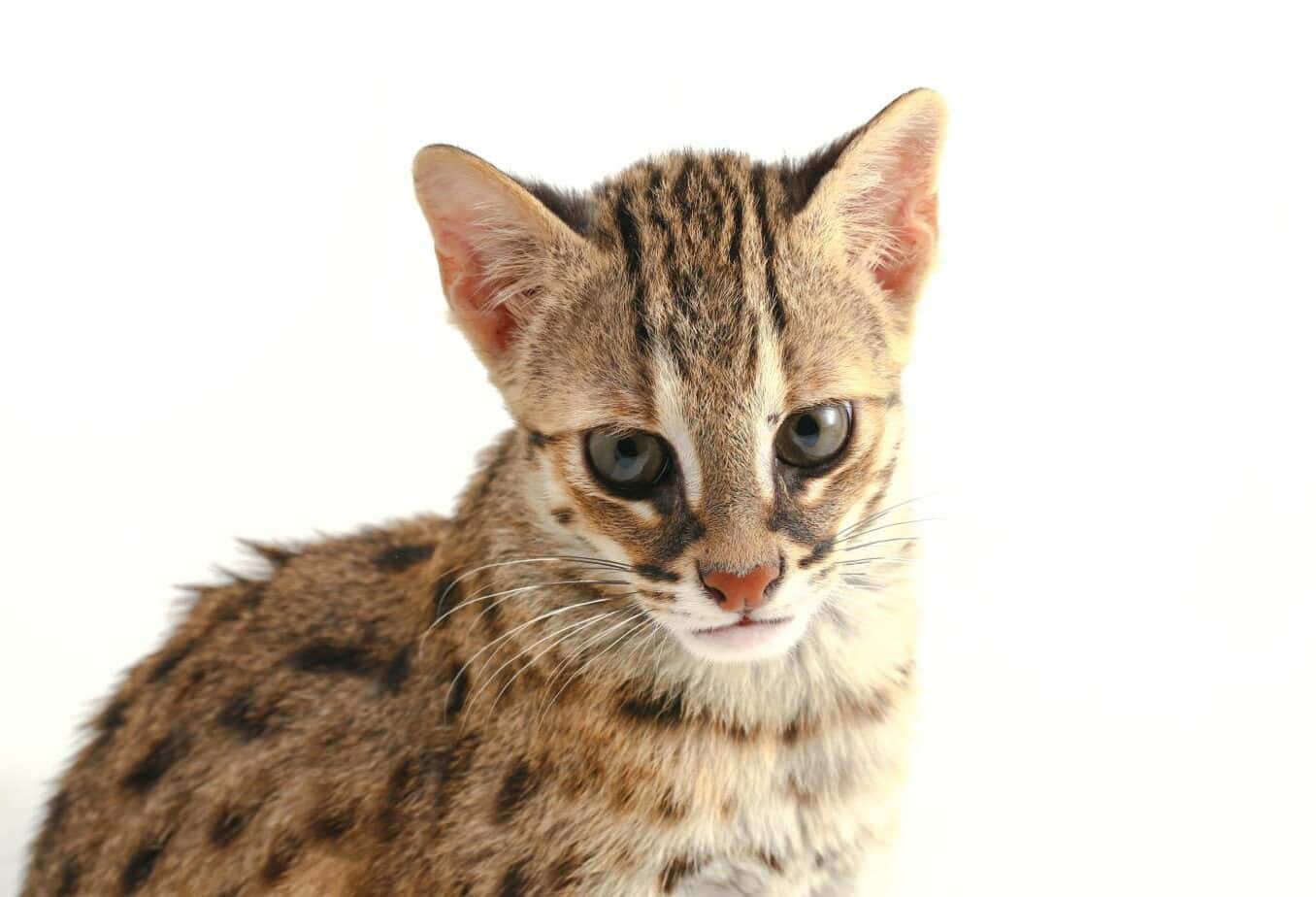The Philippines is an ethnically, religiously, and geographically diverse country located in Southeast Asia. It’s an archipelagic nation featuring more than 7,500 islands. The country has more than 12,000 square miles of land and a population of more than 102 million. Manilla, the nation’s capital, is located on the island of Luzon, and it’s the second most populous city in the country.
Spain colonized the region in the 16th century, but the United States took over in 1898 after winning the Spanish-American War. The Philippines became independent in 1946, just after World War II, and Filipino and English are the nation’s two official languages. Now that you know a few basic facts about the Philippines let’s talk about the country’s sole wildcat—the Sunda Leopard Cat. Read on for more fun facts about the Philippines’ one and only native wild feline.

The Only Type of Wild Cat in the Philippines
The Sunda Leopard Cat

| Lifespan: | 10–13 years |
| Weight: | 2–8.4 pounds |
| Conservation Status: | Vulnerable |
The Sunda Leopard Cat (Prionailurus javanensis) is the only native Filipino wildcat. They’re found on several islands in the Philippine archipelago, including Negros and Panay, and various islands in the provinces of Palawan and Cebu. The National List of Threatened Fauna of the Philippines categorizes the cats as vulnerable, but the status of the species might change as the cat’s habitat remains under serious threat in several provinces.
Visayan Leopard Cats (Prionailurus javanensis sumatranus) are a subspecies of Sunda Leopard Cats found exclusively in the Philippines. Most weigh no more than 8 pounds and tend to have roundish ears, slender bodies, and webbed paws. They have stripes and spots distributed over fur that range from deep reddish to gray. Visayan Leopard Cats prefer to live in tropical evergreen forests.

Final Thoughts
The Philippines has more than just cool cats! While the country has crocodiles and vipers, you’re more likely to run into trouble with mosquitos and dogs. Mosquito-borne Dengue Fever continues to plague the nation despite attempts by the government to encourage vaccination, and the number of rabies deaths remains stunningly high. Every year more than 200 people die of rabies, which is a disease that human, canine and feline vaccinations make almost entirely preventable. Most of the rabies cases in the Philippines come from unvaccinated domesticated dogs.
Featured Image Credit: Dwi Putra Stock, Shutterstock
